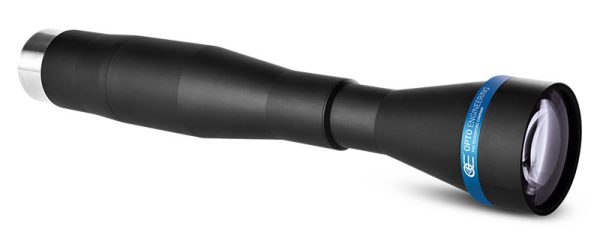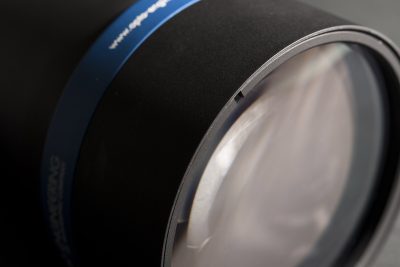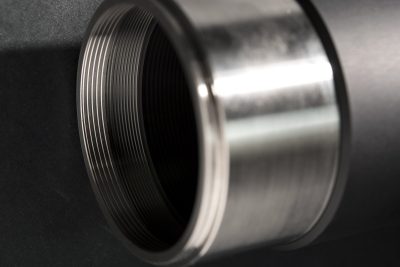TC12K series
Telecentric lenses for sensors up to 62 mm and 12k line scan cameras
TC12K series telecentric lenses are designed to fit very large line detector cameras. An image circle diameter larger than 62 mm combined with very high resolution makes the TC12K series ideal for 12k and 16k resolution cameras.
Flat panel display, solar cell and electronic board inspection are among the most common applications of these optics in the electronics industry; at the same time the optical specifications make them perfectly suitable to accurately measure large mechanical parts. In addition to the standard M72x0.75 mount, TC12K lenses can be equipped with other camera mounts ensuring wide compatibility with most common line scan cameras.
Learn
Online tools
Application examples
Which telecentric lens is right for my application?
It depends on your detector resolution and the size of the sample to be inspected: our imaging lens selector will guide you through all the possible sample/lens/detector combinations.
Notes
- Working distance: distance between the front end of the mechanics and the object. Set this distance within ±3% of the nominal value for maximum resolution and minimum distortion.
- Working f-number (wf/N): the real f-number of a lens in operating conditions.
- Maximum angle between chief rays and optical axis on the object side. Typical (average production) values and maximum (guaranteed) values are listed.
- Percent deviation of the real image compared to an ideal, undistorted image. Typical (average production) values and maximum (guaranteed) values are listed.
- At the borders of the field depth the image can be still used for measurement but, to get a very sharp image, only half of the nominal field depth should be considered. Pixel size used for calculation is 7 μm.
- Object side, calculated with the Rayleigh criterion with λ= 520 nm
- FD stands for Flange Distance (in mm), defined as the distance from the mounting flange (the “metal ring” in rear part of the lens) to the camera detector plane.
- Indicates the availability of an integrated camera phase adjustment feature.
- Measured from the front end of the mechanics to the camera flange.











